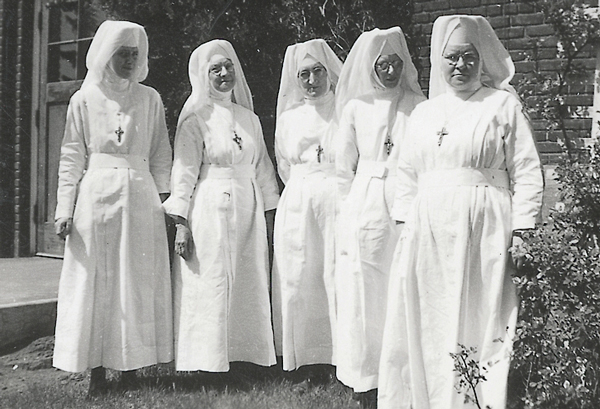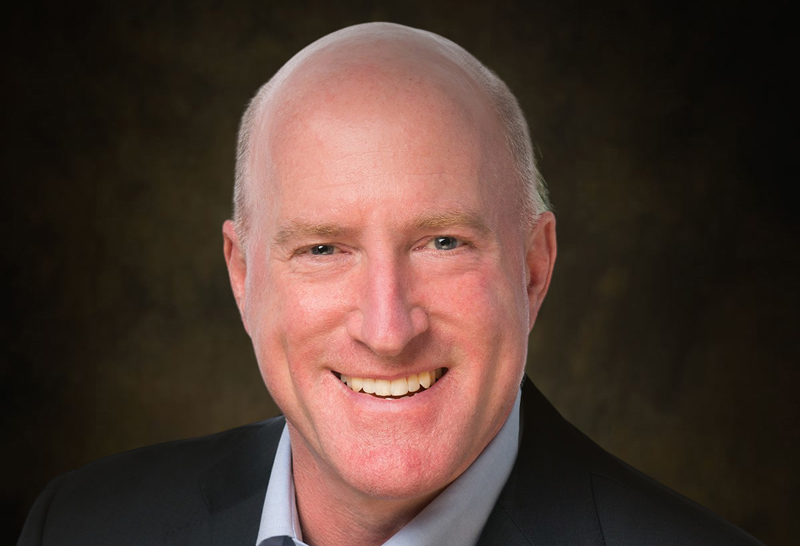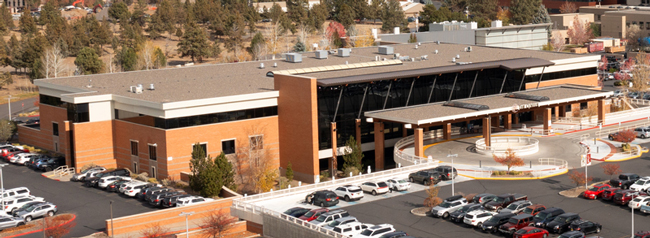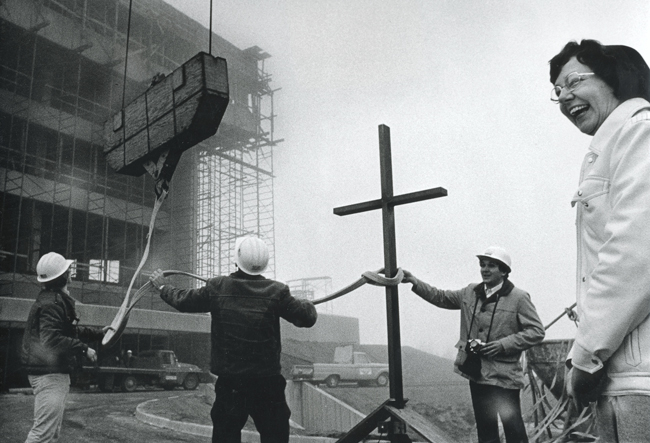On a cold, bright sunny afternoon in 1917, five nuns boarded the Pennsylvania Railroad at Kokomo, Indiana and headed west.
It was Christmas Day, but the women had a rendezvous to keep. Their itinerary had been forged through nearly a decade of letters and conversations between a frontier Cupuchan priest named Father Luke Sheehan and two mothers superior of their order, the Sisters of St. Joseph.
They were leaving the familiar surroundings of their convent at Tipton, Indianan, and their three-year-old hospital at nearby Kokomo for an obscure logging town called Bend, Oregon. It was a 10-year assignment at minimum with little chance of returning home before then. Some never would.
Later writings would refer to these sisters who helped found St. Charles Health System as pioneers. It was more than poetics. What they faced was a raw logging town only a decade or two removed from the Wild West.
Bend had about 4,500 people living along mostly dirt streets at the beginning of 1918. Its fortunes swelled and shrank, often depending on weather conditions for logging. Most men had hard, dangerous jobs – logging, mill work, ranching and farming. Women faced childbirth without the medical care we take for granted. Typhoid fever, dysentery and influenza were common.
The “hospital” the sisters were to take over was a small wooden building along the banks of the Deschutes River where the city’s Mirror Pond parking lot now sits. With 14 beds, it couldn’t keep up with the injuries generated by the two mills, the Brooks-Scanlon and Shevlin-Hixon companies, let alone with all the illnesses and injuries inherent in life in those harder times.
The nuns who came to Bend were Sisters Theresa Thistlewaite, De Sales Burns, Evangelista McKenzie, Blanche Ress and Brendan Donegan. Little is recorded about these women as individuals or about their daily lives, but one anecdote tells volumes about their mission.
Shortly after arriving in Bend on Dec. 28, 1917, the sisters visited the facility they were to take over on Jan. 1, called the Bend Hospital. Drs. Urling Coe and Barnard Ferrell had opened it in 1915 to replace the one Fern Hall started. They had hired Mr. and Mrs. Jim Donovan to manage it.
They had also contracted with the Shevlin-Hixon Company to treat injured mill workers. Jim Donovan reportedly informed the sisters they were to treat only mill employees.
“When the sisters took it over, they were told they could only take care of the workers and we said, ‘No, we take care of everyone or we take care of no one,’” said Sister Catherine Hellmann, years later. “They only took care of the workers to keep them working, and in those days lumbering there were a lot of injuries.”
Hellmann, who became the hospital’s administrator in 1969, wasn’t there in the early days but she worked with some of the original sisters when she first came to St. Charles in 1948. Donovan backed down to the strong-willed sisters. The hospital opened its doors to everyone.
The Bend Bulletin reported the changes taking place in the first weeks of 1918, “Today the Bend Hospital begins the New Year under the management of Catholic nursing sisters … Since their arrival, they have moved into the hospital and are now completing arrangements for the accommodation of twice the number of patients formerly cared for … Instead of providing patients principally for mill employees, the Sisters will take in patients from the city at large. Remodeling of the interior of the building has provided space for 28 beds instead of the original 14.”
The expansion came just in time for the great flu epidemic of 1918.
Upon meeting them, Father Sheehan remarked in a letter to the Rev. Charles O’Reilly, Bishop of the Baker Diocese, “From what I saw and heard about these Sisters, they are excellent for the needs of the diocese. They have all the fervor of youth and seem not to be afraid of the pioneer conditions.”
That would turn out to be important. For years, the sisters labored without pay. They subsisted partly on the chickens, eggs and occasional side of beef many of their impoverished patients used to pay hospital bills, and tended a vegetable garden.
Far from considering this life a hardship, Sister Evangelista, writing about her experiences in 1950, looked back upon those years as an adventure. The trip west glowed in her mind. She recalled with humor five nuns bunking in three berths on the three-day trip west. And the excitement of what lay ahead echoed in her description of the country.
“The Rocky Mountains were wonderful to see, however, they do not compare to the Cascade Ranges in size and scenery. We were thrilled with their huge massive peaks, waterfalls, canyons, rivers. The natural scenery which almost beggars description,” she wrote.





